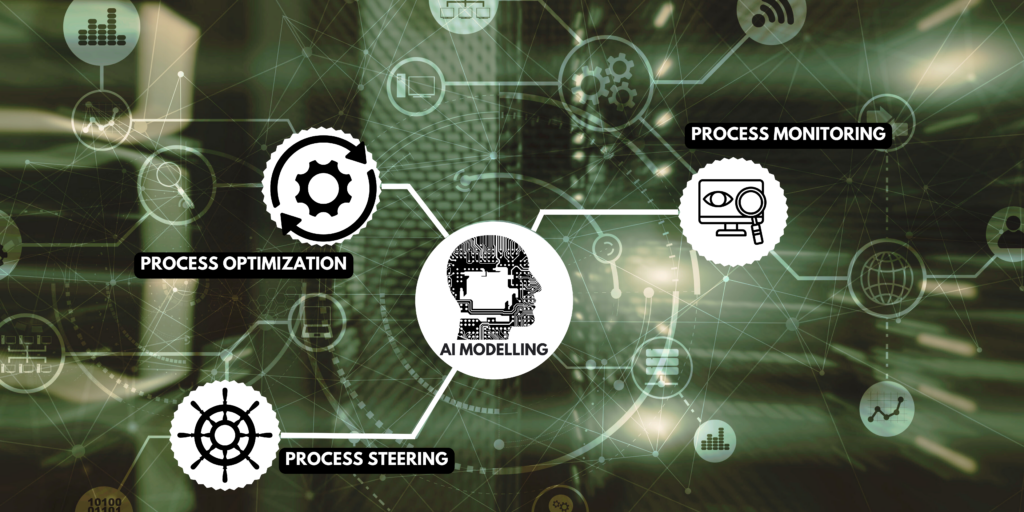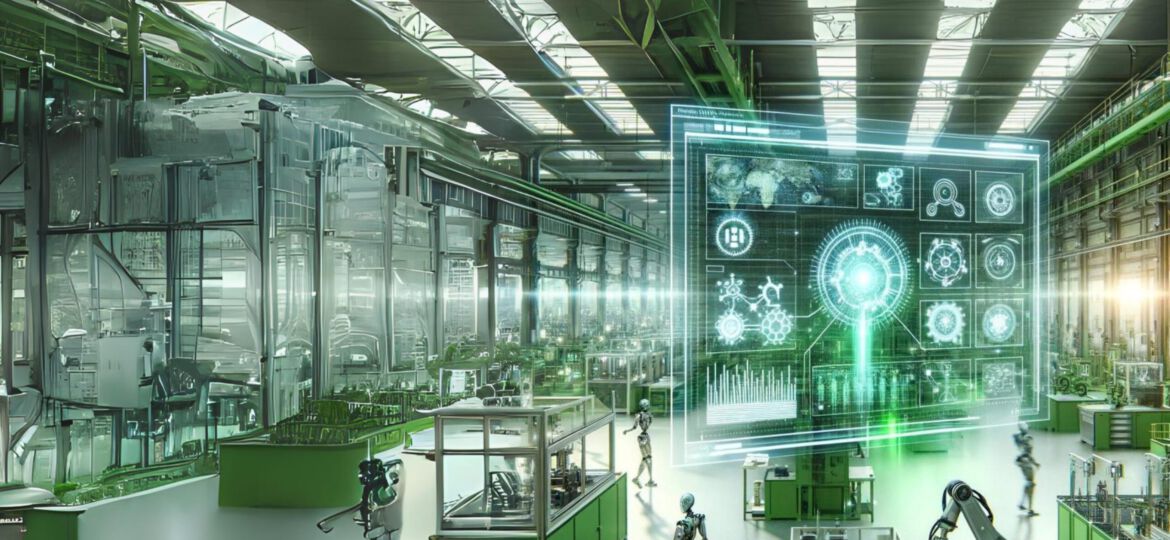In today’s fast-paced manufacturing industry, maintaining product quality and minimizing errors is paramount. With the advent of advanced technology, the use of data-driven Artificial Intelligence (AI) models has become a game-changer in ensuring that products meet the highest standards. One of the main tasks within the MARS project is to develop data-driven AI models to detect errors, predict quality, and root causes of failures. These models not only identify issues but also take corrective actions to prevent the production of defective parts. In this article, we will explore the world of AI modelling, its role within the MARS project, and the benefits it offers.
What is AI Modelling?
AI modelling involves the creation of algorithms and statistical models that can analyse large sets of data to make predictions, identify patterns, and draw meaningful insights. AI models can be useful when it comes to solving complex problems while providing higher efficiency/cost savings and accuracy compared to simple methods. In the context of manufacturing, AI modelling is used to understand and improve processes, reduce errors, and enhance product quality.
The Role of AI Modelling within MARS
Within MARS, AI modelling plays a central role in achieving the goals of error detection, quality prediction, and root-cause analysis. Within the project three types of AI models are used: Process Optimization, Monitoring, and Steering. Our partner Asociación de la Industria Navarra (AIN) will take the lead in building the Process Monitoring model, while Simula Research Laboratory (SRL) will assume responsibility for Process Optimization model and root-cause analysis. Process Optimization will focus on finding the optimal manufacturing plan based on desired quality and sustainability constraints, among others. Process Monitoring will enable the supervision of the manufacturing process health in real-time and the prediction of product quality without the need to measure it. Konica Minolta, on their side, will oversee the analysis of visual data to ensure that tool wear meets the desired standards. When deviations from the desired quality are detected, Process Steering will propose corrective actions based on root-cause analysis. Currently the MARS consortium is defining the framework for algorithm development, the end-to-end data processing pipeline, and the AI algorithms that best address the problem.

Key aspects of the involvement of AI models:
- Error Detection: AI models can meticulously analyse data from various manufacturing platforms and databases, scanning for anomalies and discrepancies. These models can detect errors early in the production process, helping prevent the creation of defective parts.
- Quality Prediction: AI models are not limited to error detection; they can also predict the quality of products before they are manufactured. By using historical data and real-time information, these models can estimate the likelihood of a product meeting quality standards, allowing for necessary adjustments in advance.
- Root-Cause Analysis: When an error occurs, identifying its root cause is essential to prevent it from recurring. AI models can delve deep into data to pinpoint the exact reasons for errors, whether they are related to equipment, processes, or materials.
- Corrective Actions: Once an error is detected and its root cause identified, AI models can suggest corrective actions. These actions can range from adjusting production parameters to changing equipment settings, all in real time to avoid further defects.
Benefits of AI Modelling
Summarizing, the use of AI modelling within the project offers numerous advantages:
- Enhanced Quality Control: AI models provide real-time insights into product quality, allowing manufacturers to maintain consistent quality and reduce defects.
- Increased Efficiency: By detecting errors and taking corrective actions swiftly, manufacturers can reduce downtime and minimize production disruptions.
- Cost Savings: Fewer defects mean lower scrap rates and fewer rework processes, leading to significant cost savings.
- Data Utilization: Manufacturing platforms generate vast amounts of data. AI modelling harnesses this data to uncover patterns and insights that would be impossible to detect through manual analysis.
- Predictive Maintenance: AI models can predict equipment failures, enabling maintenance teams to schedule repairs before machines break down, further reducing downtime.
- Continuous Improvement: The ongoing analysis and optimization of manufacturing processes using AI models foster a culture of continuous improvement, leading to higher overall productivity and quality.
The utilization of data-driven AI models in MARS represents a significant step toward achieving error-free manufacturing and ensuring consistent product quality. AI modelling not only detects errors and predicts quality but also identifies root causes and offers timely corrective actions. The benefits of AI modelling, as mentioned above, make it an indispensable tool in today’s manufacturing landscape. As technology continues to evolve, AI modelling is set to play an even more critical role in shaping the future of quality control and error prevention in manufacturing.
